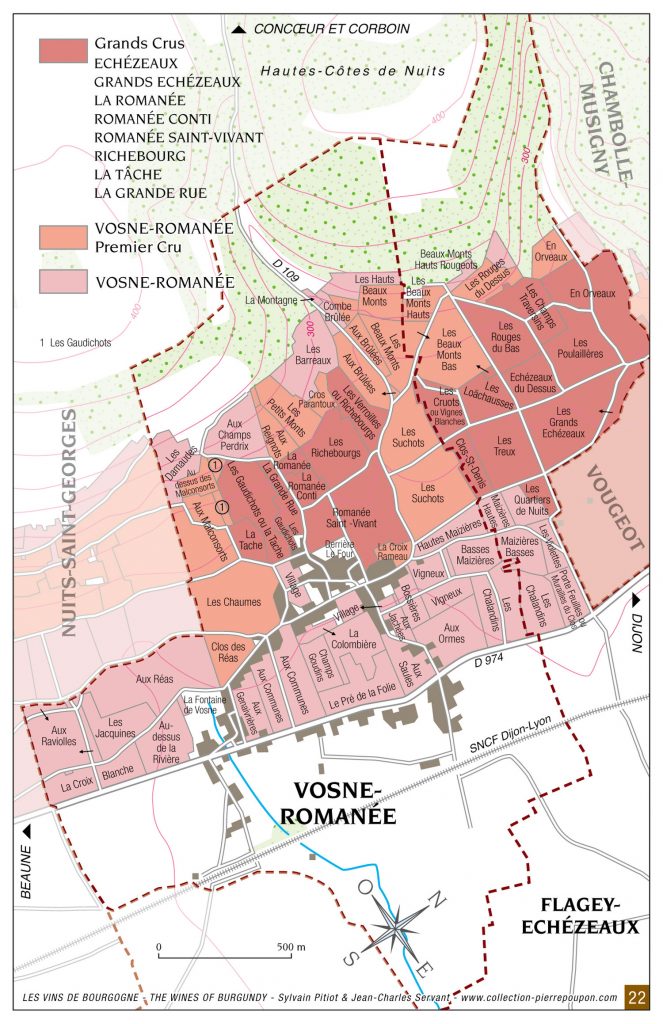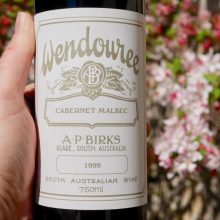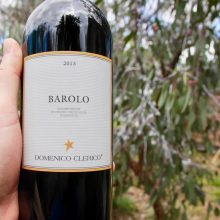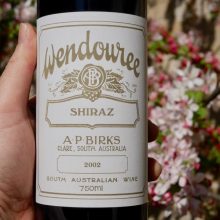
Product information
Domaine de l’Arlot Vosne-Romanée 1er Cru ‘Les Suchots’ 2022
Pinot Noir from Vosne-Romanée, France, Côte-de-Nuits, Burgundy
$736
Description
“The 2022 Vosne-Romanée Les Suchots 1er Cru, matured in 40% new oak, is intense on the nose, opulent yet controlled with mainly red berry fruit, allspice and rose petal scents, just a hint of black olive emerging with time. Very well-defined. The medium-bodied palate comes armed with a voluptuous entry, almost viscous in texture, intense yet delineated with a gradual build to its sweet and detailed finish. This will require four to five years to open for business, but it is certainly a “serious” Les Suchots with a wonderful spicy edge.”
Neal Martin, Vinous 93-95 Points
JM 92-95
“A different register – redder, clearly more spiced though less intense too – again perhaps a modest reduction. Ooh – this melts over the palate – the texture and the fluid flavour are taking the next step. Also great but a wine that will be accessible much younger – I could drink it tonight!”
Bill Nanson, Burgundy Report
In stock








You must be logged in to post a comment.